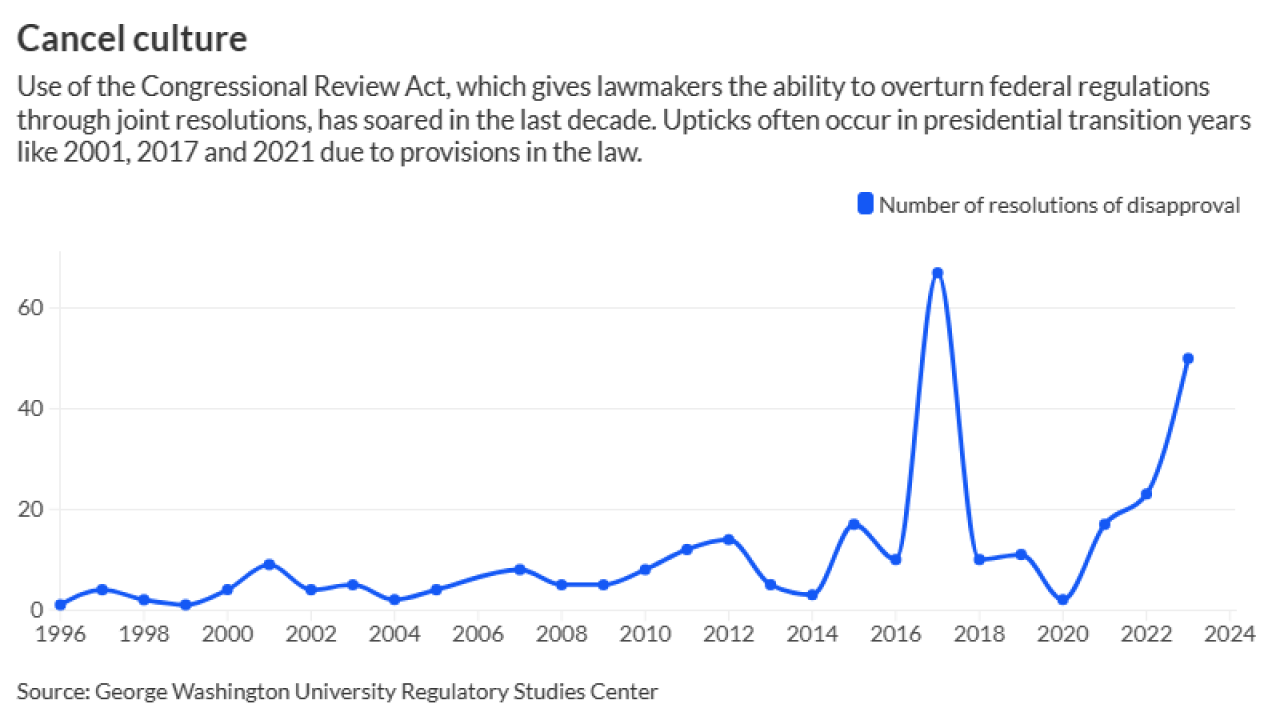Hawaii’s Department of Business, Economic Development and Tourism sold $150 million of “green energy” bonds, according to a person familiar with the deal.
Goldman Sachs managed the deal, called the Green Energy Market Securitization (GEMS) Bonds 2014, series A.
The bonds, which are special and limited obligations of the state, were sold in two tranches. The $50 million, triple-A rated A-1 tranche priced a spread of swaps plus 30 basis points. The bond has an expected weighted average life of 3.05 years with a final payment date on July 1, 2020 and a final maturity of July 1, 2022.
The $100 million, triple-A rated, A-2 tranche priced at swaps plus 75 basis points. The bond has an expected weighted average life of 10.21 years with a final payment date of Jan. 2, 2029 and a final maturity of Jan. 1, 2031.
Moody's Investors Service, Fitch Ratings and Standard & Poor's rated the deal.
The GEMS program, established in 2013, uses proceeds from the bond issuance to finance the upfront cost of solar photovoltaics and other green infrastructure equipment for thousands of residents and businesses in Hawaii. In June the state hired Renewable Funding, a California renewable-energy company, to develop and manage the green finance program.
GEMS uses the rate-reduction bond structure. The cash flow supporting the GEMS bond is generated by payments from all electric customers in Hawaiian Electric Company’s service area.
Similar to rate reduction bonds, GEMS transactions employ a “true-up” to protect bondholders from fluctuations in collections. These “true-ups” adjust the green infrastructure fee to ensure collections are sufficient to provide all scheduled payments of principal and interest, pay fees and expenses and replenish the debt service reserve account.
One major difference between traditional rate reduction bonds and GEMS is that GEMS transactions incorporate a fixed, non-usage-based special tariff that is allocated among customers of each electric utility; by comparison, rate reduction bonds base charges on power usage.
Another difference between the structures is that true-ups are “sized off of the forecast level of customer counts versus forecast consumption levels”, according to the presale. “Utilizing this methodology results in more stable debt service relative to consumption-based structures,” stated Fitch.





